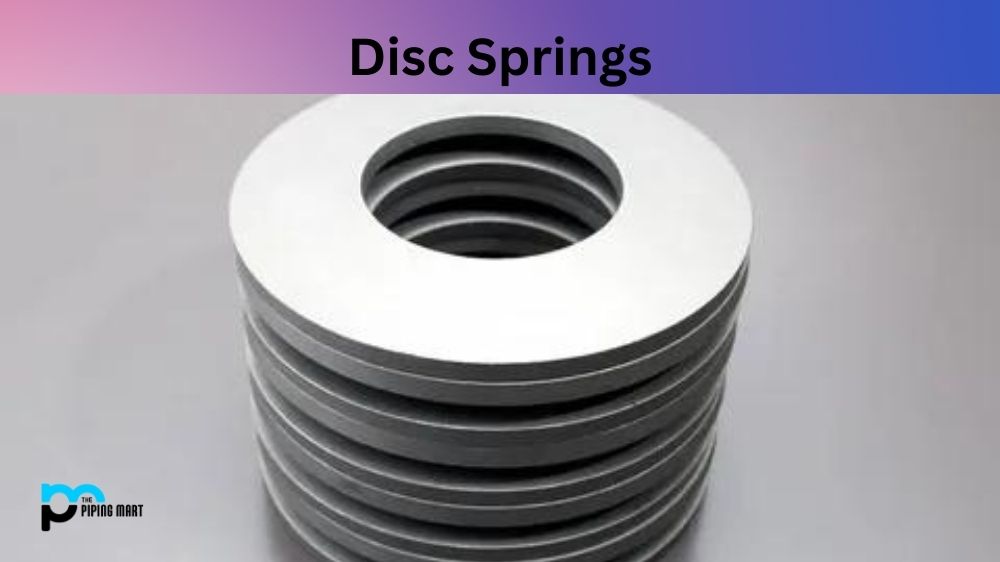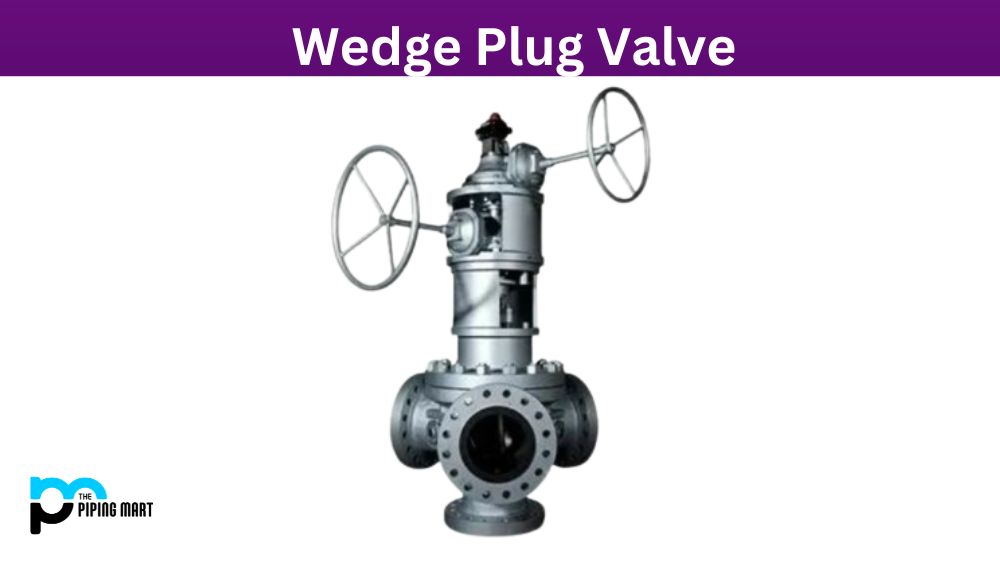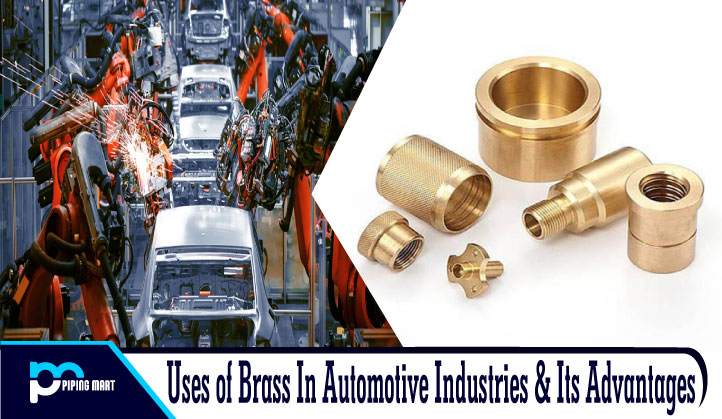Disc springs are a powerful and reliable solution for various industrial applications. They store and release energy as they compress and decompress, making them ideal for support, cushioning, and vibration isolation. However, not all disc springs are created equal, and selecting the right type for your project can be challenging. In this blog post, we’ll look at the different types of disc springs available and their various applications.
Types of Disc Springs and Their Uses
Belleville Springs
Belleville or cupped or conical disc springs are the most common type. They feature a conical shape that allows them to absorb force in a linear or non-linear manner based on the chosen stacking arrangement. They can be stacked analogous to two body shapes: parallel-bodied, which creates a linear stress-deflection curve, and tapered-bodied, which can create both linear and non-linear curves, depending on the stacking configuration. Belleville springs are commonly used for shock and vibration applications, overload protection, and bolted connections.
Ball Bearing Disc Springs
Ball-bearing disc springs, also called slotted disc springs, have slots on their faces that have spaces for balls that protrude slightly beyond the inner and outer faces of the spring. This type of spring is particularly suitable for applications that require high resistance to impact and frequent dynamic loading cycles. They’re used in clutches, valves, compressors, and other industrial machinery.
Flange Disc Springs
Flange disc springs are similar to Belleville springs but have a flange on one end that allows them to be secured using thrust washers, retaining rings, or custom-designed parts such as plates or caps. They can compensate for thermal expansion, improve the sealing of hydraulic systems, and dampen vibrations in piping and machinery.
Wave Disc Springs
Wave springs are flat disc springs made of one or more waves. These waves provide a continuous spring rate across the entire working gap. They are typically used across multiple applications such as clutches, brakes and bearing preload, and due to their compact size, they can be designed inside the housing, saving installation space.
Parabolic Springs
Parabolic disc springs have a domed shape with an increasing radius towards the outer diameter. They are used where a constant load over a long deflection range is required. This is due to their specific shape, which improves the working conditions of the spring, as they can function better with a lower spring rate for initial working deflection angles, followed by a higher rate at high compression. Parabolic springs, such as suspension systems or anti-roll springs, are frequently used in railway and automotive applications.
Conclusion:
Selecting the right disc spring is key to ensuring your industrial application functions as intended. From Bellville and ball-bearing disc springs to flange, wave, and parabolic springs, there’s a wide range of disc springs to choose from. Understanding each type’s properties, advantages, and limitations can help you select the most suitable spring for your specific needs, ensuring that your industrial machinery remains secure and in good working order. Take your time to consider which disc spring could provide the most efficient, resilient, and smooth-working solution for your next engineering project.

Hey, I’m Krutik, a casual blogger expert in the metal industry. I am passionate about providing valuable information to my readers. With a background in engineering and construction, I like playing Cricket & watching Netflix shows in my free time. Thank you for visiting my blog, and I hope you find my information helpful!




